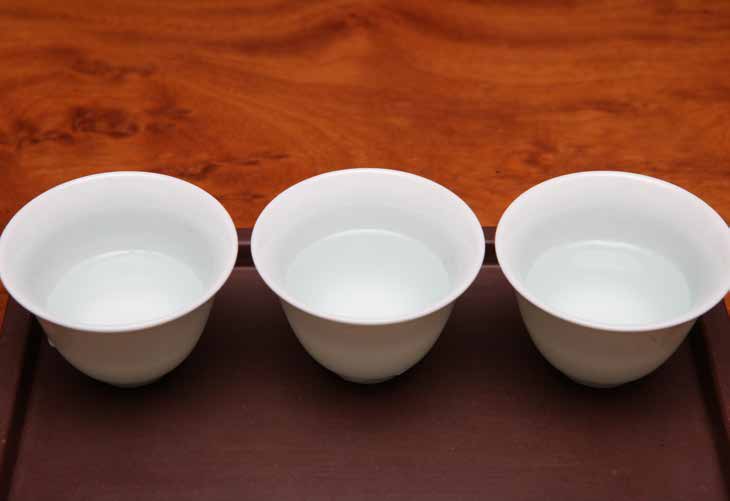
 |
|
As promised last month, we are going to include a sample of one tea lover's notebook as they do a gongfu experiment.
Twice in this magazine, we prescribed one of the most basic Gongfu tea brewing experiments. It's the most important and one of the easiest experiments to conduct, involving three identical cups and heated water. Let's bear in mind that while I offer you the details of my experience, you will have to do the work yourself if you are to integrate any of what I write here. It's important to remember that to learn and master any Way, we must first learn the basics. Conducting rudimentary experiments is about forming a necessary foundation from which your skill in brewing tea can stem from.

This is an example of how I record the results of my gongfu experiments. I've typed them up for the newsletter, but usually only write them in my notebook.
Note that these materials aren't essential, but just what I used. You might not have access to spring water, a clay kettle, or a gas burner. Do your best to use a quality kettle and good water and heat source. All of these factors will have subtle effects on the experiment, but the gross conclusions of this experiment will be noticeable no matter what.
Make space and time to perform this experiment. I did it in a clean tea space with a free afternoon. It's a quick experiment, but there's no need to rush.
I did the experiment a few times, focusing on certain qualities each time and writing down my notes in between.
Remember to use a tea that you are familiar with and brew it lightly. I used a particulary small Zisha teapot for this experiment because the cups are so small, but again, manage with what you have. You'll probably need an extra cup or two to decant the excess tea into.
Note that this is already one extra decant from the water experiment
In addition to the qualities observed with only the water, I also considered the way the tea splashed to the upper palate. I still did not consider aroma or flavor and focused on the less subjective sensations in the mouth.
With each subsequent pour of the water or tea, everything was less. Temperature, energy, movement, smoothness and the general quality of the water in terms of mouthfeel, were all lessened or lost. All of these qualities were reduced after pouring from one vessel into another.
This raises a lot of interesting questions pertaining to the use of gaiwans (lidded cups), pitchers, aroma cups and even pouring from the teapot itself. That's one reason this experiment is so important because it causes us to question a lot of tea brewing practices. We can then proceed to answer those questions for ourselves through further experimentation, ultimately increasing our relationship to tea and our ability to brew with skill, gongfu.
